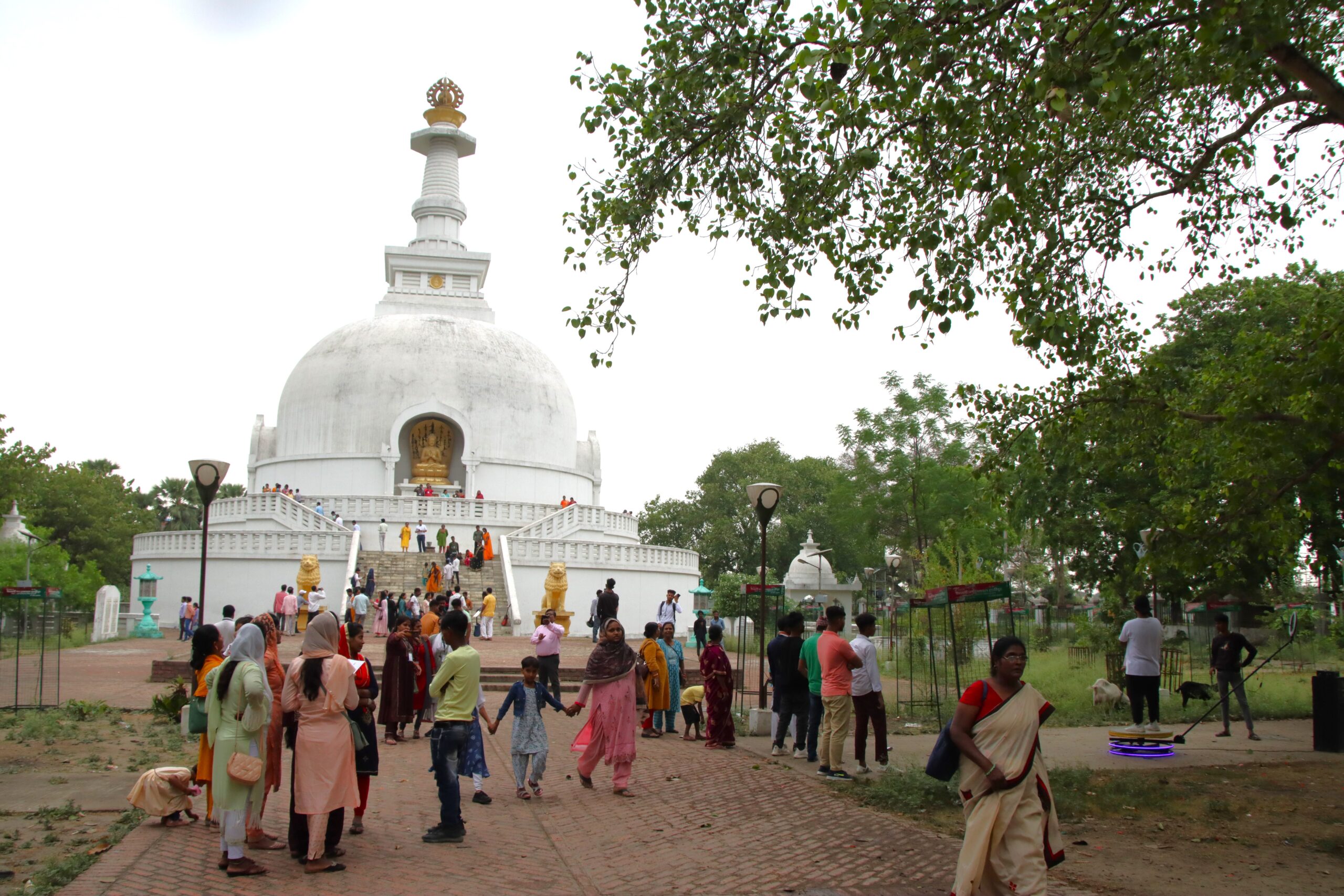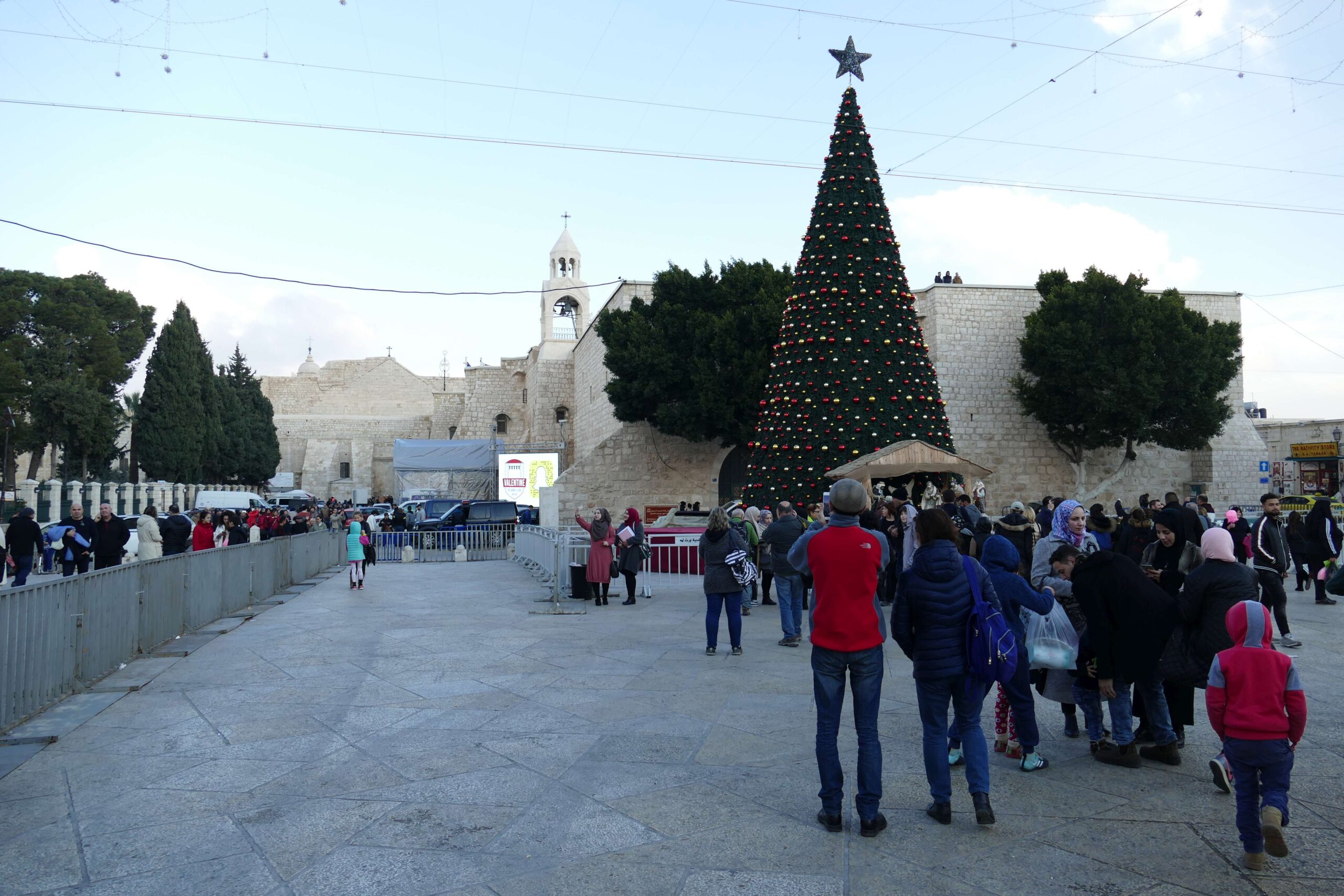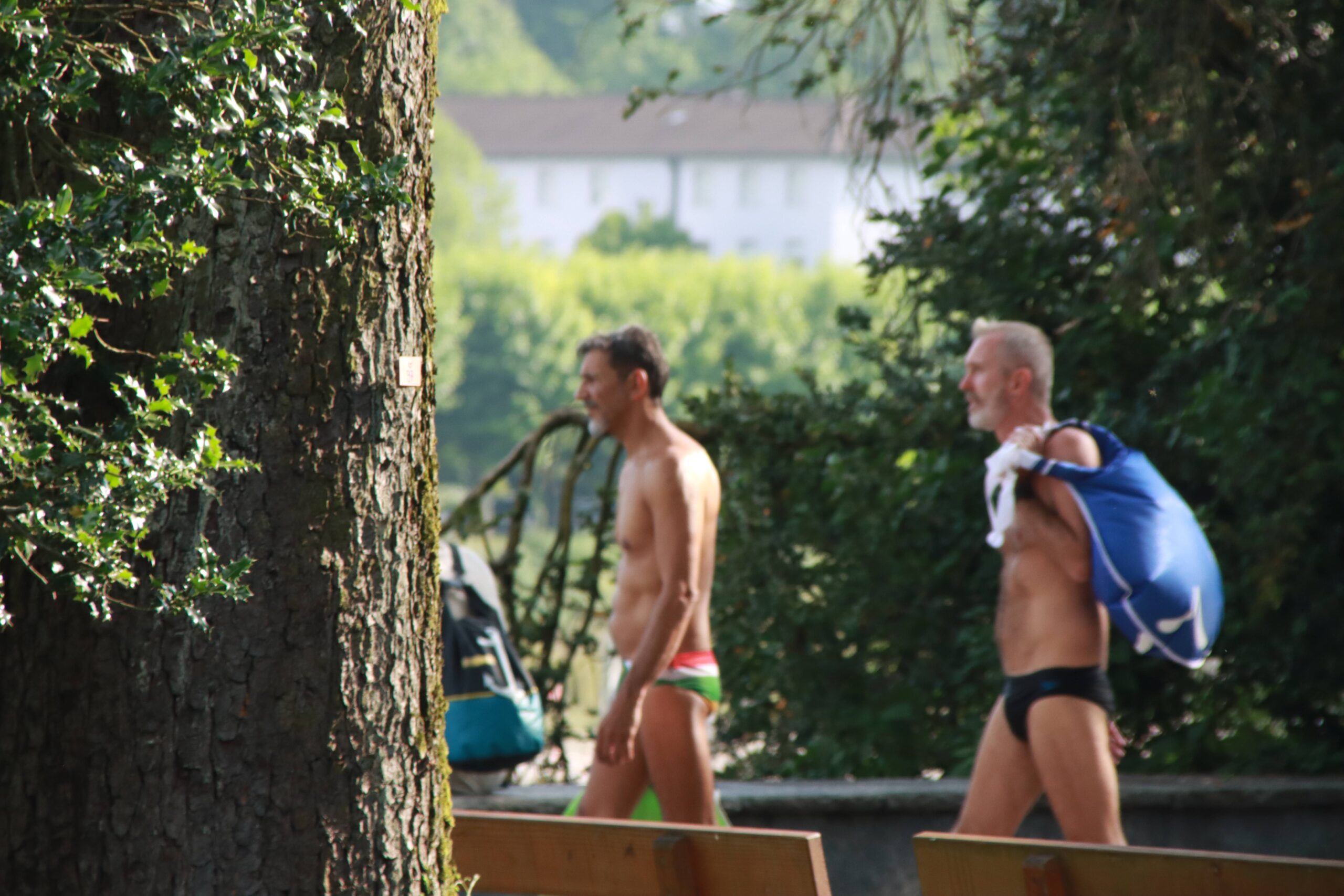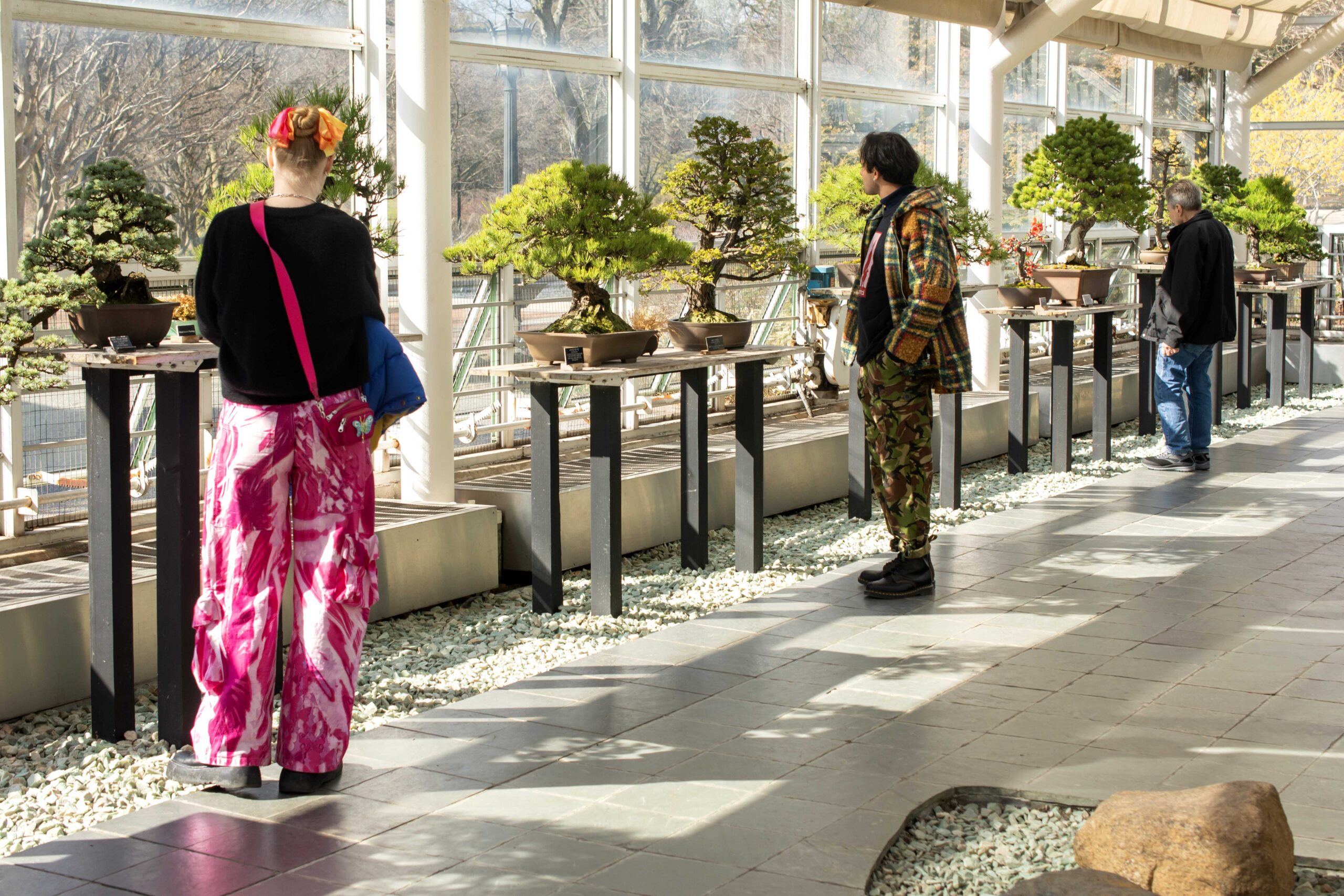This is part 2 of a 2-part series on the conditions of Buddhism at arguably the holiest site in the religion, located in India. Read part 1 here.
In part one of this series, WaL looked at the heart of Buddhism on Earth—the Mahabodi Temple, in Bodh Gaya, India. But this is only the chief stop on what is called the “Buddha Circuit” by the Indian government. Informatively linking several key sites in Buddha’s journey across Bihar and northern India, one might think to call it a ‘pilgrimage’ but like Bodh Gaya itself, no such atmosphere of sacredness exists along this route.
The route connects Buddha’s site of Enlightenment (Bodh Gaya) with the town of his birth, (Lumbini, Nepal) the site where he formed the first Sangha or monastic order, (Sarnath, Uttar Pradesh) the site of many key sermons, (Mount Gridhakuta/Rajgir) the site of his death, (Kushinigar) and a site of an ancient city-state where he rested between journeys (Vaishali).
Today these places are left faithless and in disarray. On Mount Gridhakuta, in the historic area known as Rajgir, years of peddlers being allowed to set up tables of single-use plastic confectionaries and drinks have left the slopes of what should be one of Buddhism’s holiest mountains cloaked in trash. The trails to the summits are lined with abandoned stalls, tables, broken refrigerators, and ripped canopies.
At one of the two summits is a pair of caves that were supposedly the abodes of two of Buddha’s favored disciples: Sariputra and Ananda, according to Chinese pilgrims visiting in the 7th century. Today, squatters ask for money in exchange for keeping them tidy, which they do not do to any respectable degree. On the other summit sits one of the 70 World Peace Pagodas and Stupas built by Nichidatsu Fujii, a devout Bikkhu of Nichiren Bodhisattva and one of the world’s foremost religious proponents of nuclear disarmament.
Having lived to see the horrors of Hiroshima and Nagasaki, Nichidatsu, who in Indian Buddhist annals is known as Fuji Guruji, spent much of his life in the post-World War II era advocating against the nuclear buildup in the Cold War. Around this large white stupa, completed in the 1960s are several smaller stupas that house the remains and relics of several Japanese supporters, including both laymen and the ordained, who aided Nichidatsu’s mission.
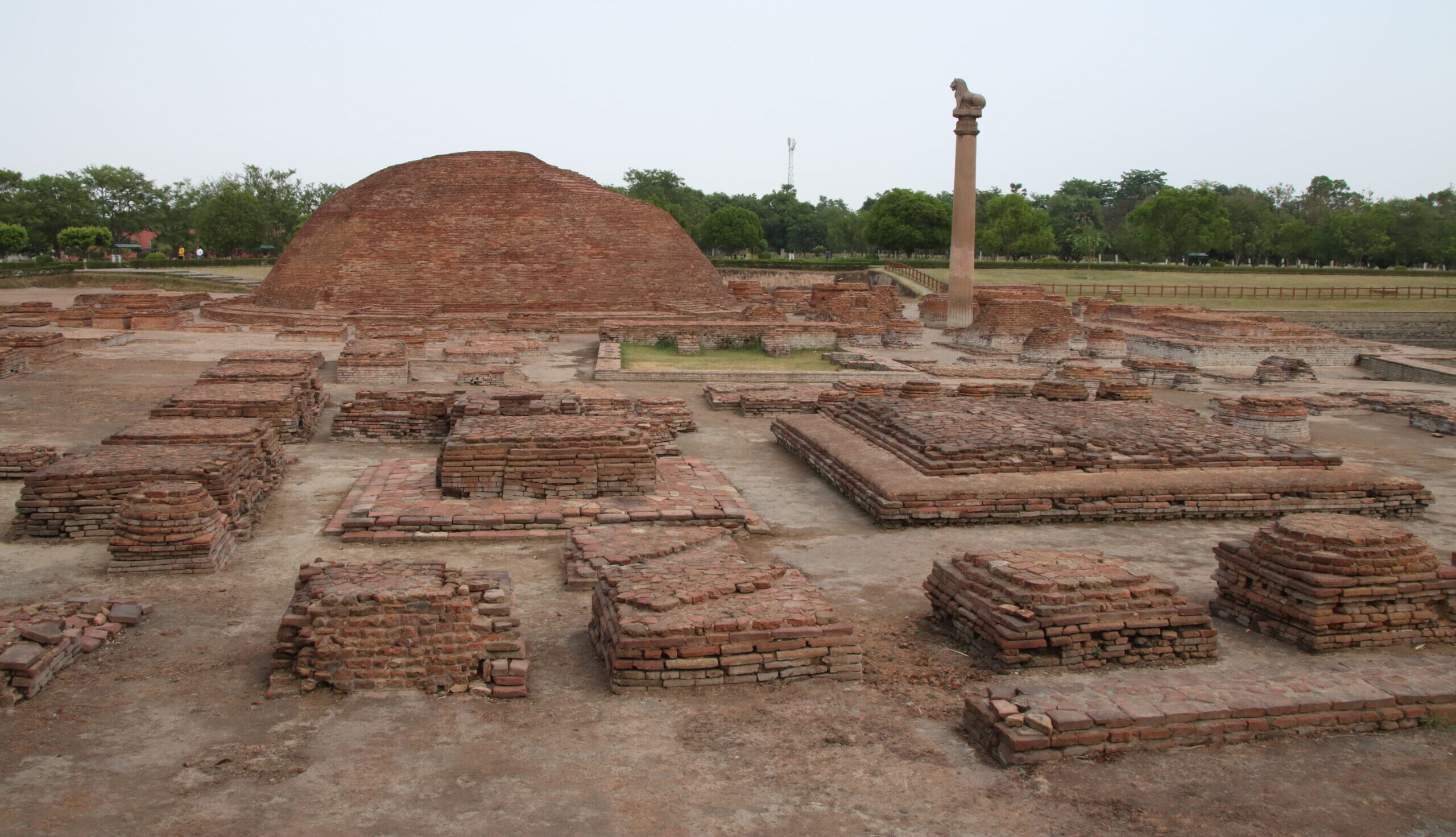
A new cable car has saturated this place of solemnity, eternal rest, and birdsong with gaudy tourist trinket salesmen and hordes of secular or Hindu visitors who spend most of their visit making an awful racket, noisily taking Instagram pictures with the stupas, and preventing anyone from meditating should they wish to contemplate the Buddha or Nichidatsu’s message.
A similar situation is found at Vaishali, some 60 kilometers north of Bihar’s capital city of Patna, where another of Nichidatsu’s stupas has become a tourist trap. Vaishali was an ancient city-state where Buddha spent many months between journeys. As such, upon his death, his disciples distributed his ashes to the kings of every city-state he patronized, and the king of Licchavis interred them in a stupa, which was located along with a green marble box containing ashy material. Also at Vaishali are the remains of a massive stupa raised by the Buddhist convert Emperor Ashoka in the 3rd century BCE to mark the location where Buddha convened the Second Buddhist Council.
A modest museum maintains the artifacts found during these excavations, managed at the time of writing by a longtime employee from the Archaeological Survey of India who only agreed to speak to WaL on the condition of anonymity. He said that it was an unspoken policy of the upper castes, including those in government, not to develop the Buddhist holy sites in Bihar in such a way as to make them appear or function as anything other than points of tourist interest.
“They don’t want Buddhism to spread, because the upper caste are Hindus,” the employee, who had held positions at two of the four Buddhist pilgrimage sites in Bihar, told WaL. “I know this is happening here, and also elsewhere in Bihar”.
In both Rajgir and Vaishali, there are no Buddhists to be found, in part because there is no Buddhism to be heard or felt, as they are not sites of religious function, but merely neglected tourist infrastructure amongst impoverished communities.
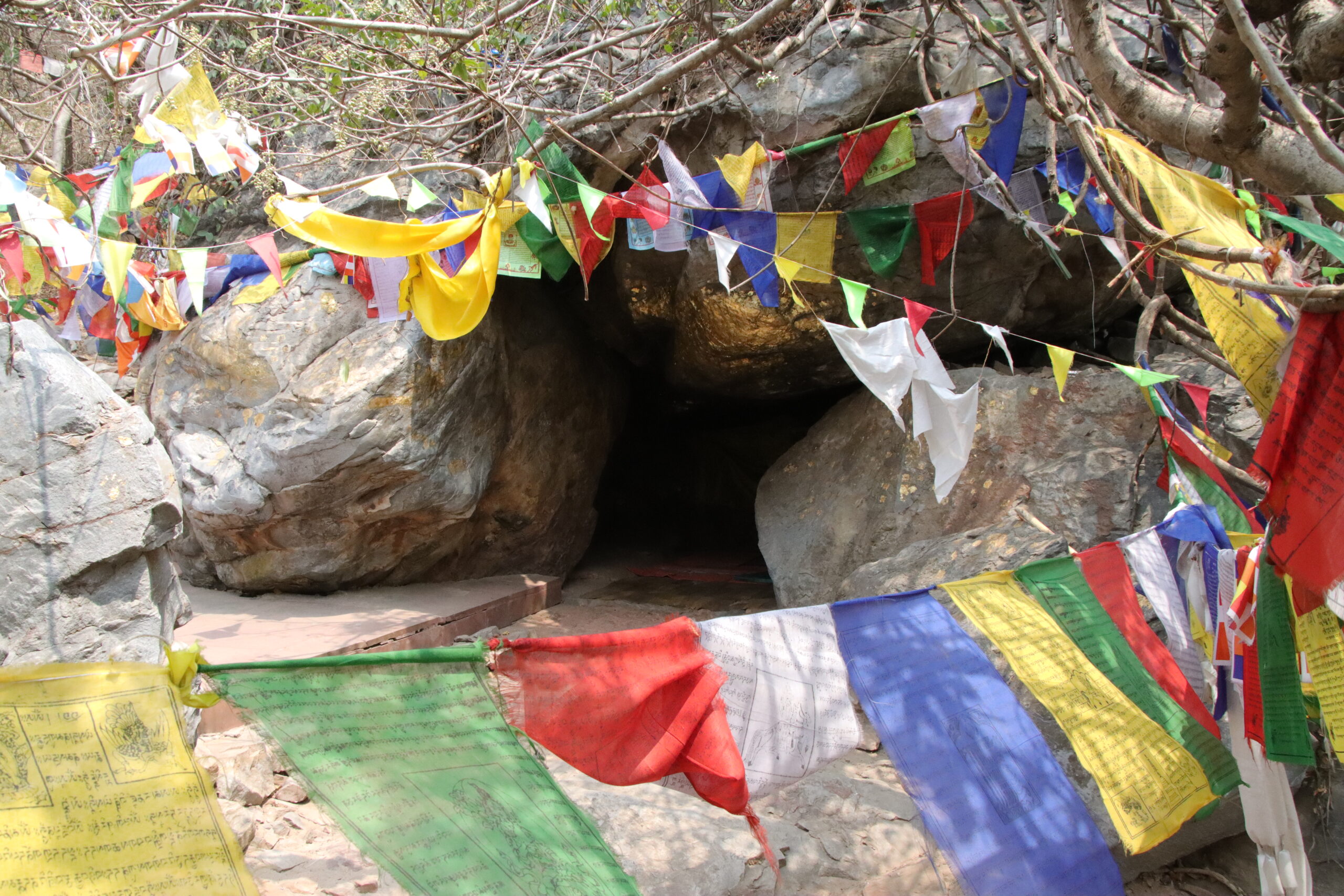
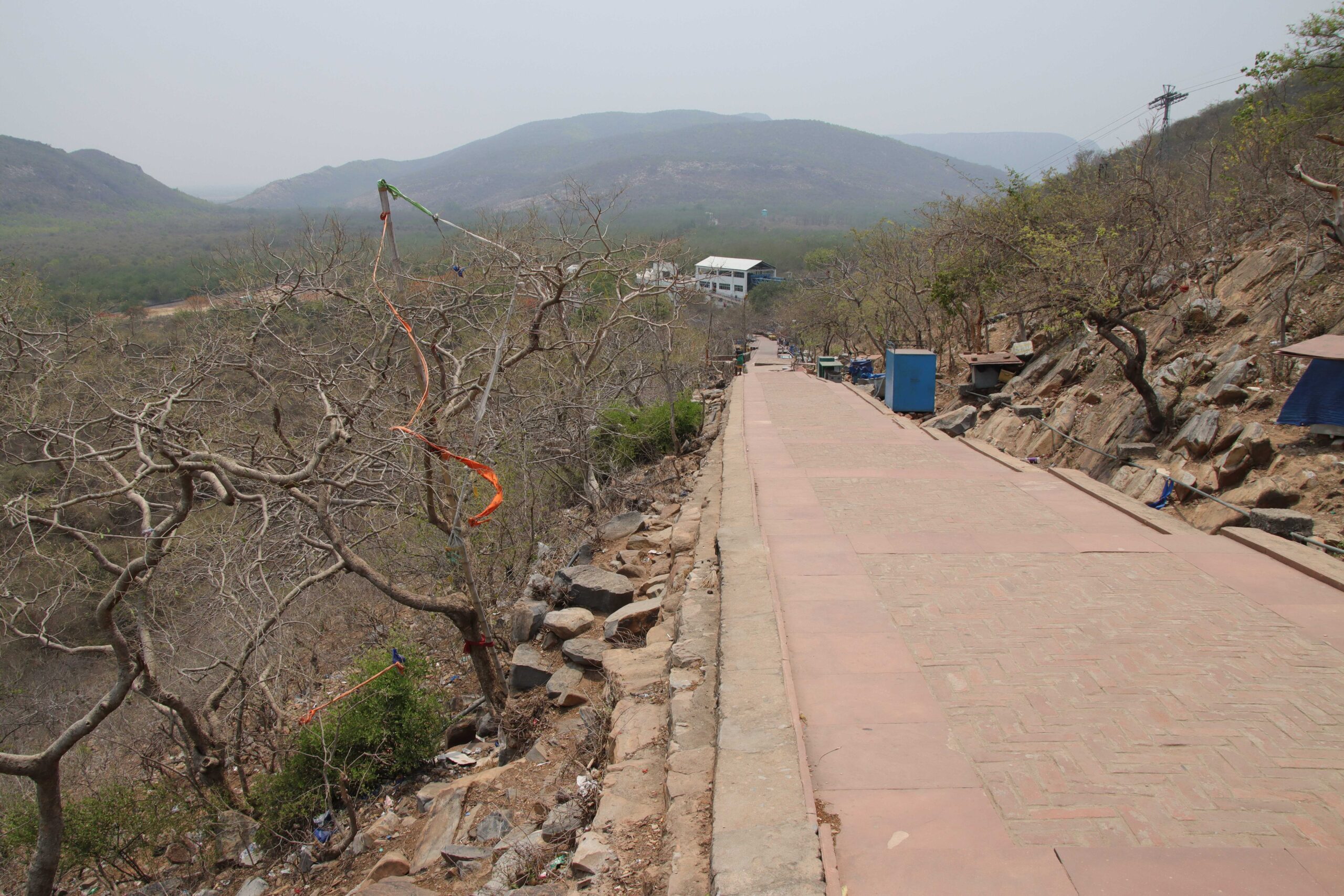
A corrupted heart
Buddhist doctrine places desire and sense organ data at the heart of human suffering. As such, even lay Buddhists tend not to be overly attached to possessions or experiences. Nevertheless, many of them feel compelled to visit places where Buddhists or famous Bodhisattvas have dwelt. Upon seeing the condition of Mahabodhi Temple in person, Venerable Sanghabodhi, a senior monk from the forest monastery tradition in Sri Lanka, was disturbed.
“Since I came to Mahabodhi Temple I’ve been cleaning, grooming, and mopping,” Sanghabodhi told WaL. “You know I’ve been cleaning for almost 3 months now”.
“One evening I went to the temple with flowers to offer but, the temple was so dirty that first I had to clean it, only then I offered the flowers. After offering, I started to meditate, then immediately a fake guide brought some people and started to explain very loudly. I had to tell them to make less noise—it’s a silent area”.
Like other monks WaL spoke with, Sanghabodhi singled out the Bodh Gaya Temple Management Committee, the public entity tasked with managing the temple in a secular way through a 9-member board that is required by law to have 5 Hindu members and 4 Buddhist members.
“You see the BTMC management is hopeless,” said Sanghabodhi. “There is lots of money involved [as] donations come from Japan, Korea, Taiwan, Vietnam, etc. But the maintenance is zero. I hear that they give brooms or mops to the workers [but] the workers are useless”.
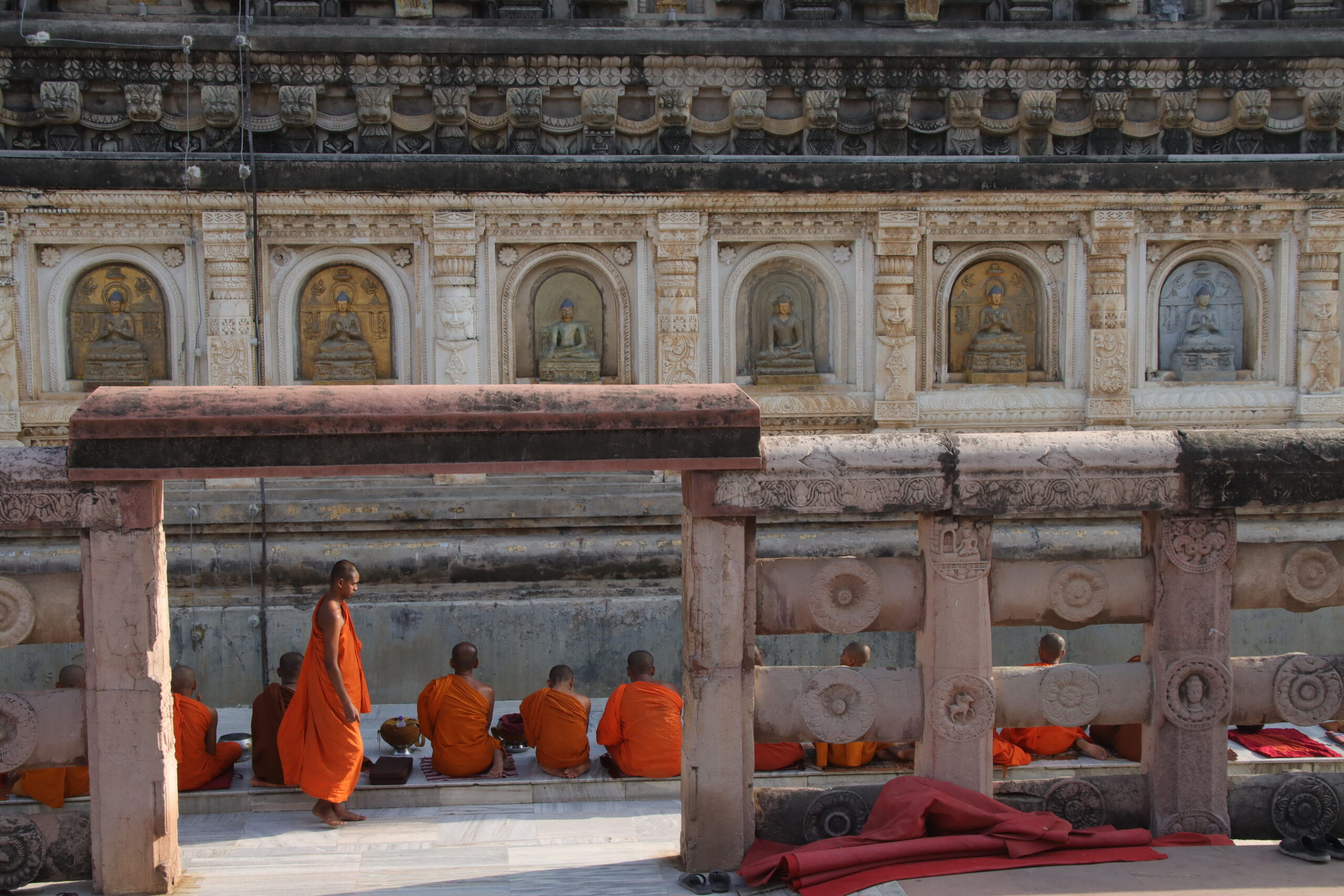
Stolen Piety
In 2005, George W. Bush Jr. made it a misdemeanor crime in the United States to falsely represent oneself as having received any US military decoration or medal. It was called the Stolen Valor Act. Of all the troubles besetting Buddhism in India, government corruption, mass tourism, and objectionable Hindu behavior all pale in comparison to a phenomenon identified by Sanghabodhi in his three months, and which was corroborated by other pious individuals who routinely practice at Mahabodhi Temple: imposter monks.
“After lord Buddha’s Parinirvana there was a council meeting of the Sangha with 500 hundred fully accomplished monks (called Arhats) and from that council up ’till now, a document has been preserved by the Sangha called the Tripitaka,” said Sanghabodhi.
“So in the section called Patimokkha, it lists 227 rules for monks to hold on to liberation. And these 227 rules are where Lord Buddha mentioned a monk must not handle money, gold, or silver—or any kind of monetary perquisites. Sometimes lay devotees may want to make merits by making an offering, but they may not know what to do, and so want to give money, but monks cannot receive it”.
Sanghabodhi explained that this is taken very seriously in the Theravada Buddhist tradition or the ‘Doctrine of Elders,’ and that only a scarce few monetary substitutes are permitted, such as bus tickets, as they can’t be used for anything that would break the 8 Precepts.
“But in Bodh Gaya, it’s really hard to find any genuine monks or one who is on the path of practice. Sometimes true monks do visit Bodh Gaya to pay their respects, but it’s rare. And again, there is not a single temple or monastery where the monks do not handle money, or which has been built by monks without touching the money, as per the Patimokkha”.
Typically, a monastery will have a steward—a layperson who handles the money donated by visitors.
“We call him Kappiya,” said Sanghabodhi. “He can handle money on behalf of monks and whatever monks need they can ask the Kappiya. It’s how we are able to travel— with the help of the Kappiya and supporters”.
Sanghabodhi told WaL that he knew the identities of several monks who leave the temple after begging all day and go home to their wives and children: more prohibited behavior, as monks are not allowed to maintain a household life with wives and children. It is permitted to become a monk after having a wife or children, but they must be renounced, just as Lord Buddha renounced his responsibilities as husband to his wife, Yasodhara, and as father to his son, Rāhula.
In many cases, the monks will claim they are building a school or monastery, or that while they can’t handle money, their ‘master’ needs it to provide the monks with medicine, food, and clothing. If a visitor offers money in this way, they will receive a ‘blessing’ or their family will, for things like success and wealth—the possessions that Buddhist doctrine teaches are part of the origin of all suffering.
“I ask them, you don’t feel anything? Lying to people in order to acquire money—even under Lord Buddha’s tree?”
It was clear that shadows lie thick over the heart of Buddhism on Earth; that it exists in no less a troubled state than the communist-policed capital of Tibet, and that it will require generations of action on the part of Buddhists from every part of the Earth to repel and repair the spiritual and physical deterioration present at the very center of the faith’s formal organization. WaL
We Humbly Ask For Your Support—Follow the link here to see all the ways, monetary and non-monetary.
PICTURED ABOVE: The Vaishali World Peace Pagoda (stupa) PC: Andrew Corbley ©
